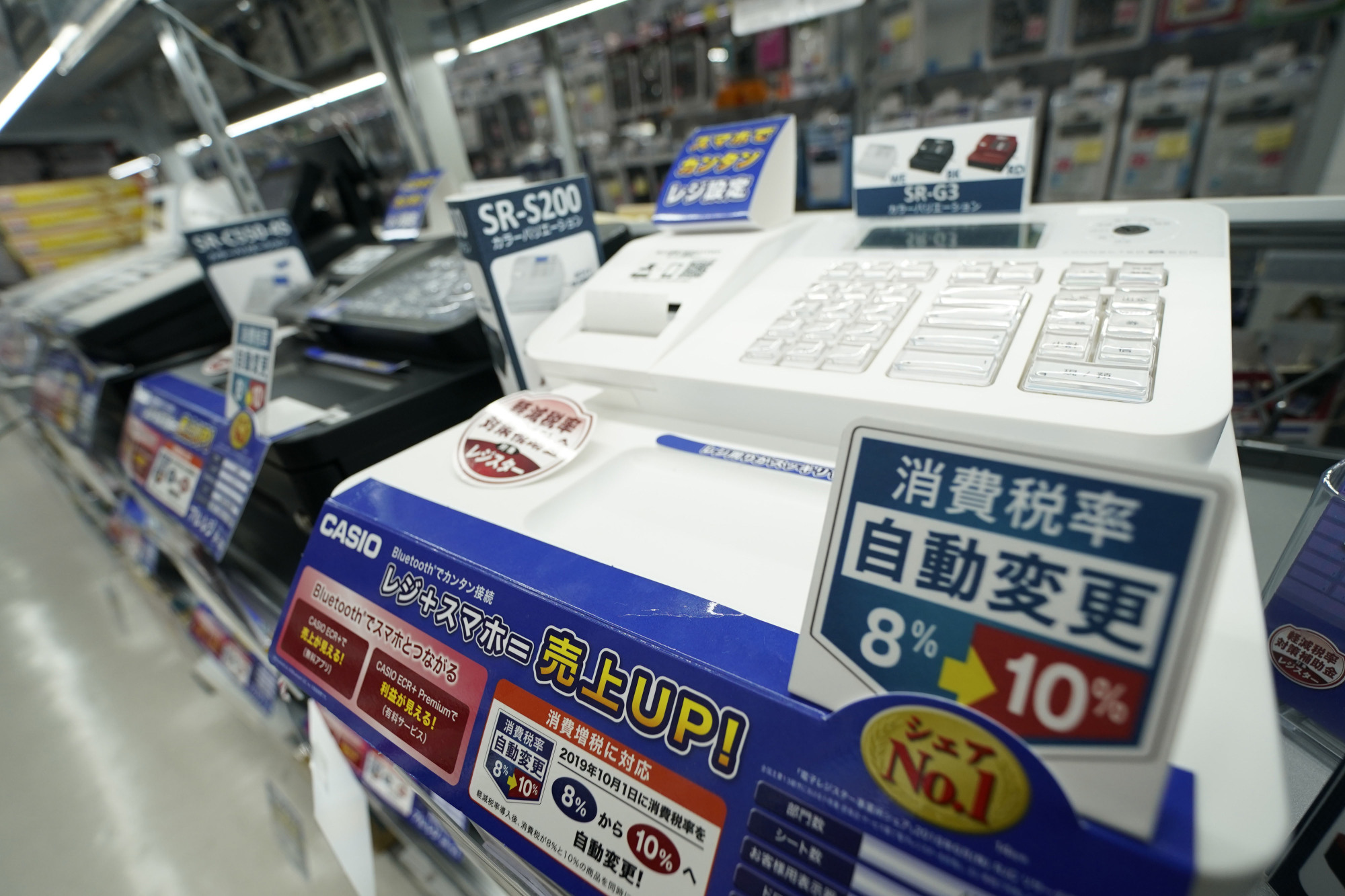At the beginning of October, the government raised the consumption tax from 8 percent to 10 percent. Confusion lingers among consumers as the government kept the 8 percent rate on certain food and drink items in the name of relieving low-income people of an increased tax burden on daily necessities, while offering reward point programs for cashless payments to offset the tax hike.
The decision to apply the 10 percent rate on eating at restaurants and shops (as opposed to purchasing food for consuming at home, which is taxed at 8 percent) left definitional problems to be dealt with by the business establishments. Alcoholic beverages and cooking condiments are taxed at 10 percent, but the 8 percent rate applies to items containing low alcohol content. Daily newspaper subscriptions, but not occasionally purchased newspapers, are taxed at 8 percent because the lower rate for daily essentials is applied.
In short, the consumption tax was made more complex than it has been since its launch in 1989. This complexity robs it of one of its greatest advantages — simplicity.


















With your current subscription plan you can comment on stories. However, before writing your first comment, please create a display name in the Profile section of your subscriber account page.